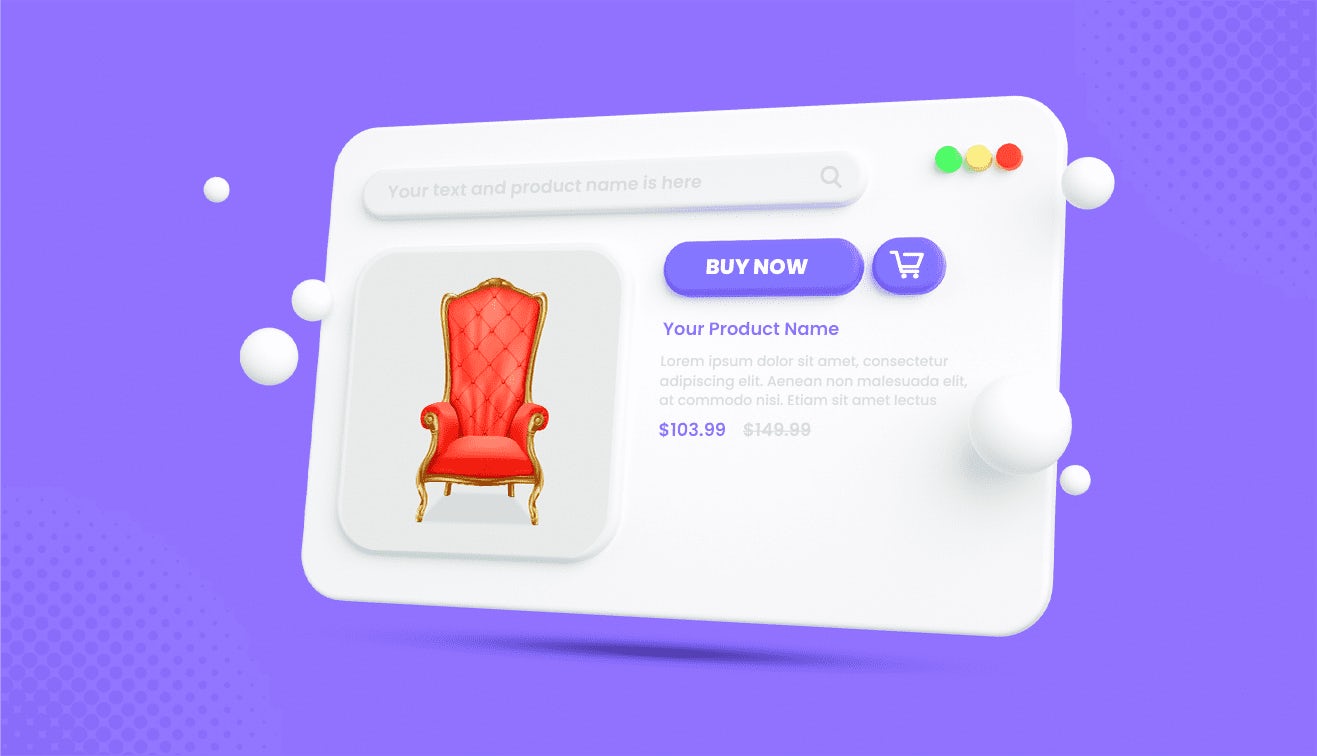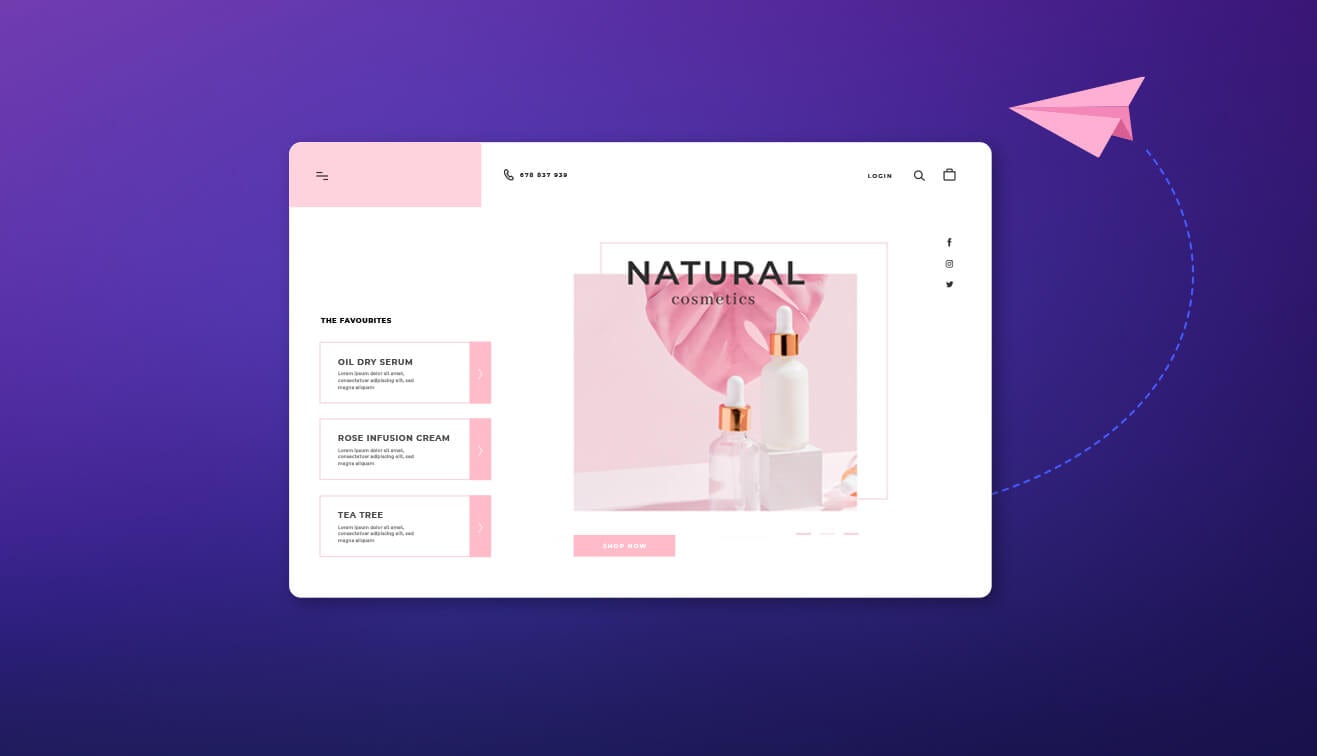Headless commerce has become an essential tool for eCommerce, driven by the need to create uniquely personalized customer experiences and ensure consistent shopping interactions across various channels.
The shift towards headless commerce is motivated by the changing dynamics of consumer behavior, as individuals increasingly consume content and make purchases through smart IoT devices like Google Home, Amazon Echo, Amazon Dash buttons, and smartwatches, expanding beyond traditional platforms such as laptops and mobile phones. eCommerce brands that proactively identify and embrace these emerging technologies trends position themselves for success. The key to success lies in being present wherever customers engage, and achieving this flexibility is facilitated by adopting a headless approach.
So, let’s explore about headless commerce and how it can benefit your business and make it future proof.
What is Headless Commerce?
Headless commerce is an architecture where the storefront (frontend) and business logic (backend) get decoupled, and the interaction is made via API. The separation of the frontend and backend helps retailers to offer a dynamic customer experience. With the help of APIs, brands can expect a better personalization and can develop their stack according to their needs and demand.
How Headless Can Transform Your Business In 2024?
In the current market, where customer acquisition costs continue to rise, strategically utilizing headless technology is a savvy decision for retailers aiming to distinguish themselves and capture the attention of their target audience.
According to Forbes, $1.65 billion funding has been raised for headless technologies in the last two years. The figure clearly denotes the future of headless technology. Thus, here are some benefits for a headless solution can provide for your business:
Truly Omnichannel Experience
Customers demand a seamless end-to-end purchasing journey across various digital platforms, including laptops, mobile phones, and chatbots. While monolithic solutions may claim to offer omnichannel capabilities, this is not always the reality. A headless solution enables eCommerce brands to deliver a cohesive experience at every touchpoint by centralizing customer information and providing a robust API layer. This allows frontend developers to integrate commerce into any customer experience.
In today's advancements in interactive shopping channels created by AR/VR, social media platforms, commerce centric IoT, such as smart kiosks and interactive digital signage, the ability to seamlessly add new digital channels to the overall eCommerce experience can provide businesses with a significant competitive advantage in the market.
Unlimited Customization
When compared to monolithic solutions, the headless commerce approach liberates you from the constraints of designing a single type of consumer experience.
With the separation of the front end from the back end, modifying the content layer becomes more straightforward and less risky, avoiding disruptions to the underlying infrastructure. This flexibility to craft customized and personalized experiences is paramount in today's eCommerce market.
By eliminating information silos, headless platforms consolidate customer shopping data, including purchase history, making it easily accessible. Equipped with comprehensive customer information, retailers can tailor purchase recommendations, promotions, and browsing options for specific channels, resulting in more relevant offers and improved conversion rates. For instance, an eCommerce shopper who has previously bought smartphone accessories may receive a targeted in-store promotion for accessories on their device. Headless solutions empower you to construct customer experiences from the ground up, allowing for ongoing changes, customizations, and deployments.
Ease of Integration
Headless solutions offer a path to integrate diverse tools through APIs, streamlining communication between software platforms and facilitating smooth data connections and transfers. This flexibility removes limitations and expands the potential applications of data. While the core eCommerce functionality originates from the backend architecture, leveraging an API allows you to address and enhance user experience challenges. The decoupling of the user experience from the backend makes integration relatively straightforward, providing ease in implementing improvements. From unique storefront to advanced and secure payment gateways, every integration is possible with headless commerce.
Faster Site Speed & SEO Optimization
When users come to your site, faster loading and site speed is one of the crucial elements that makes you stand out of the crowd. With headless, storing and organizing the content in one place and then delivering this content across multiple channels makes the process more streamlined. The absence of resource sharing between the two components of the ecommerce system can impact the speed and performance. APIs play a crucial role in facilitating content delivery and transmitting crucial instructions such as 'add to cart' or 'checkout' to the commerce platform. When it comes to SEO, the speed at which your site loads are essential for optimizing its performance in search engines. Headless commerce offers a distinct advantage by addressing store performance issues that may be challenging to resolve with a conventional solution.
Additionally, composable commerce confines all URLs to a specific format, limiting developers' ability to optimize them for improved SEO. But headless method enables the rendering of URLs in a format that aligns with the requirements of search engines, providing greater flexibility for SEO optimization.
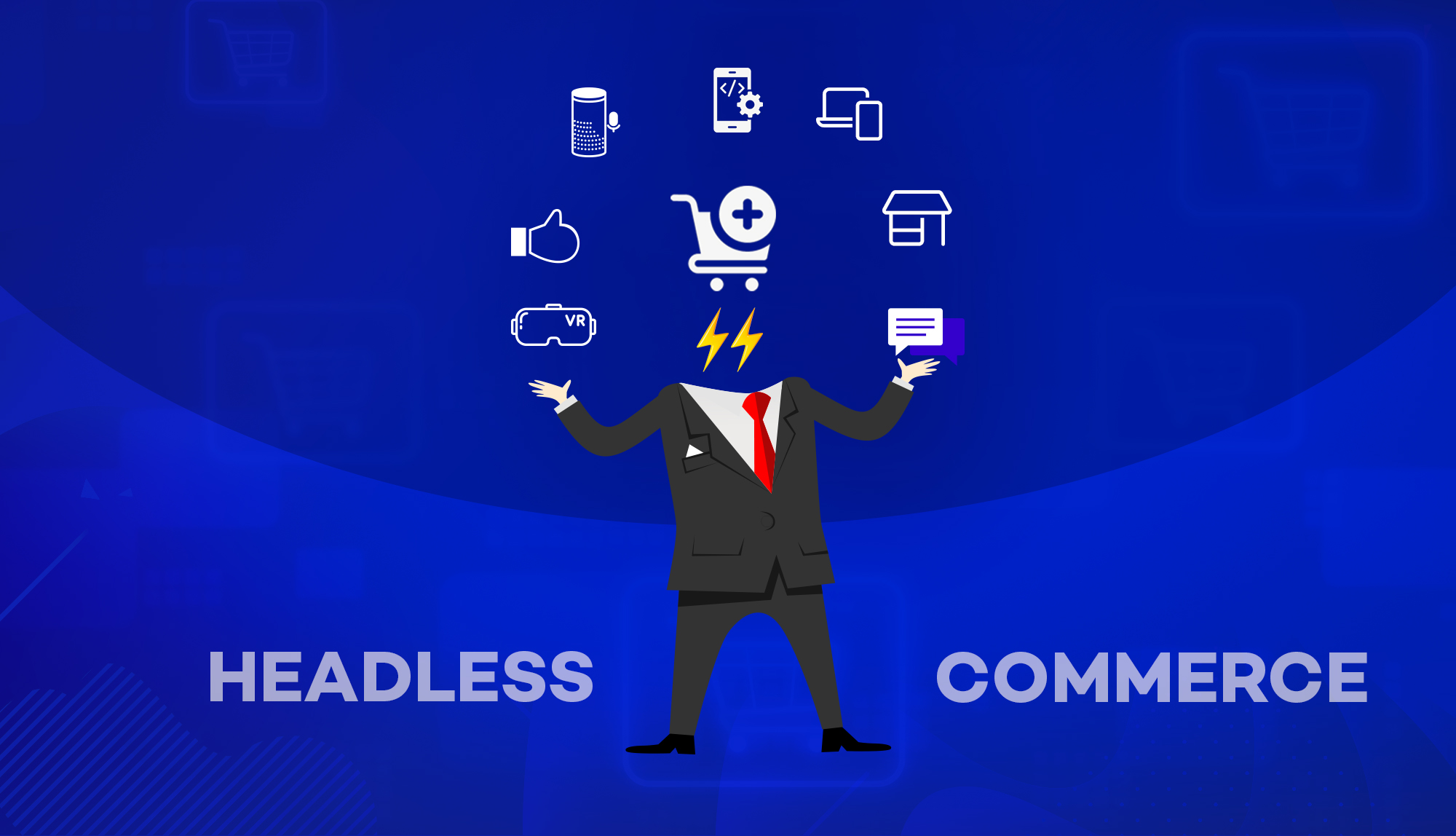

































































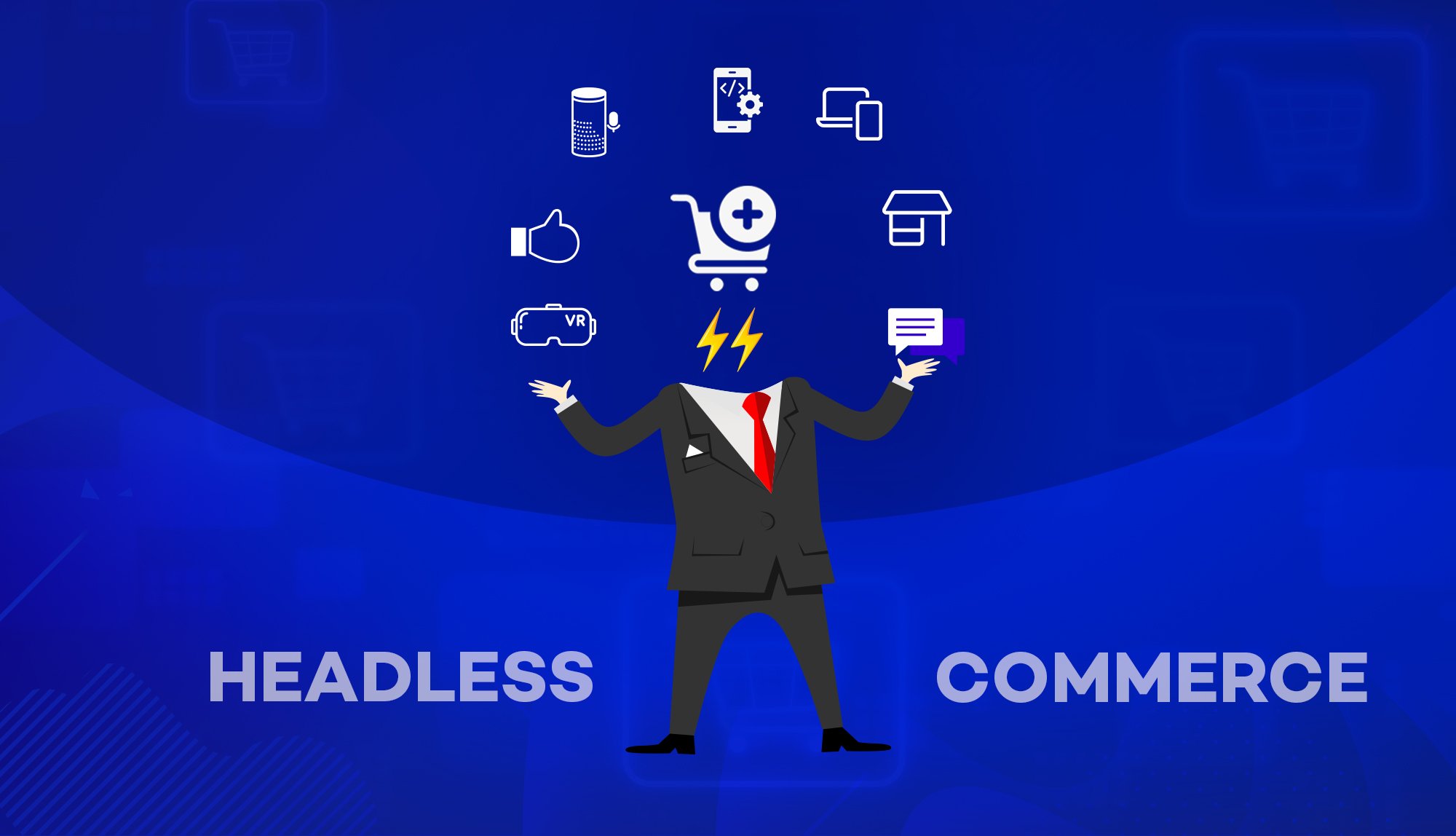
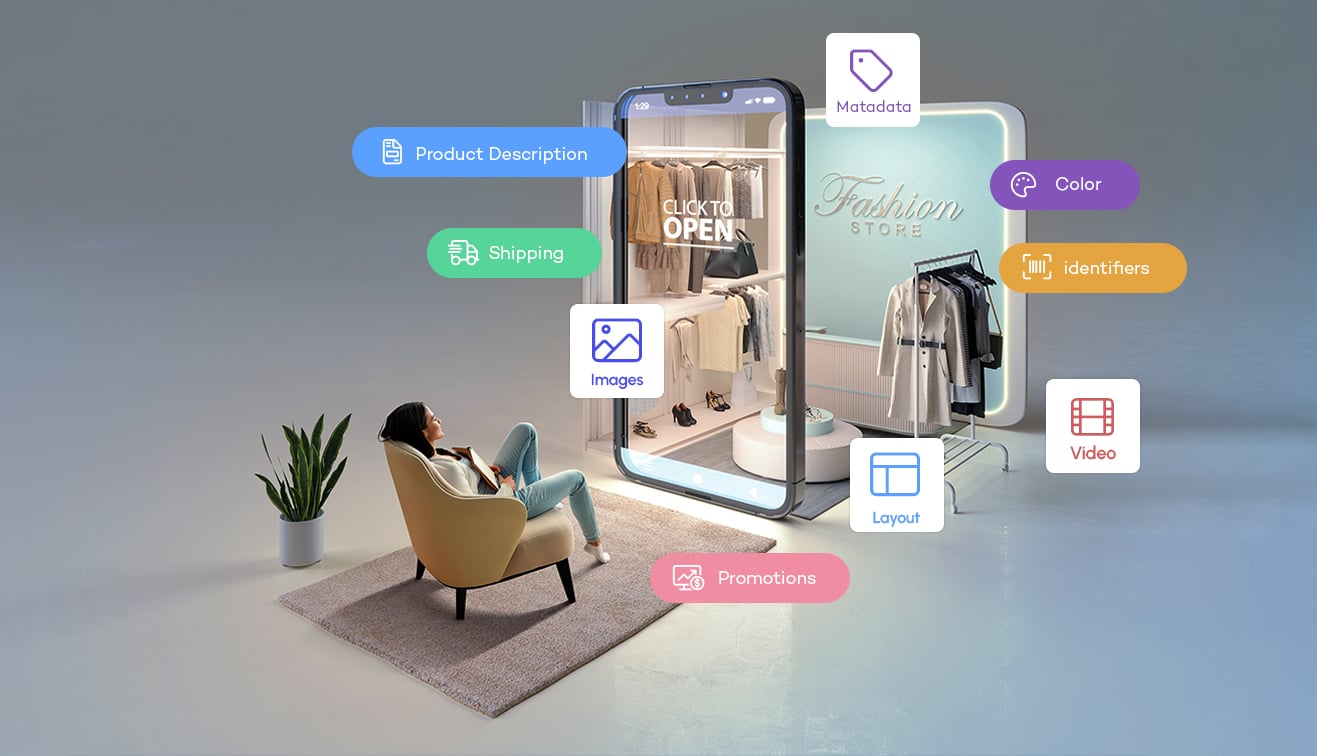



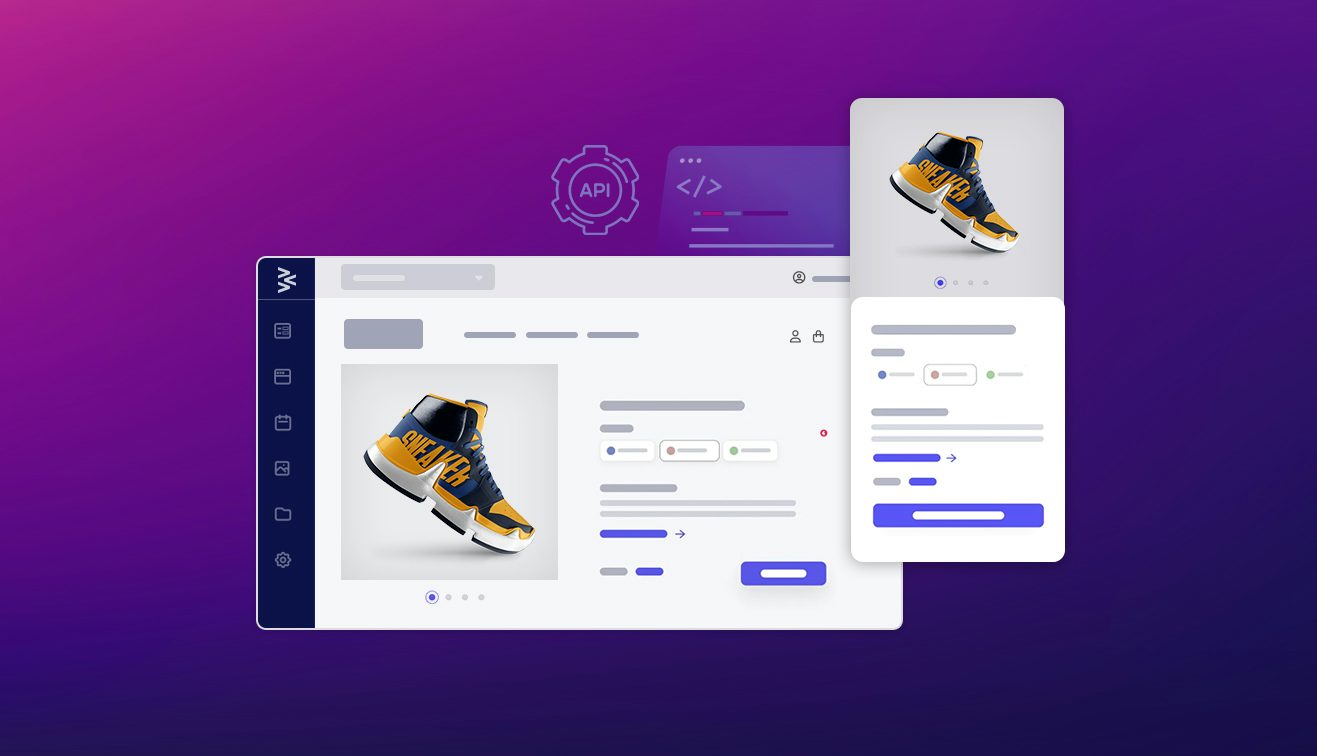

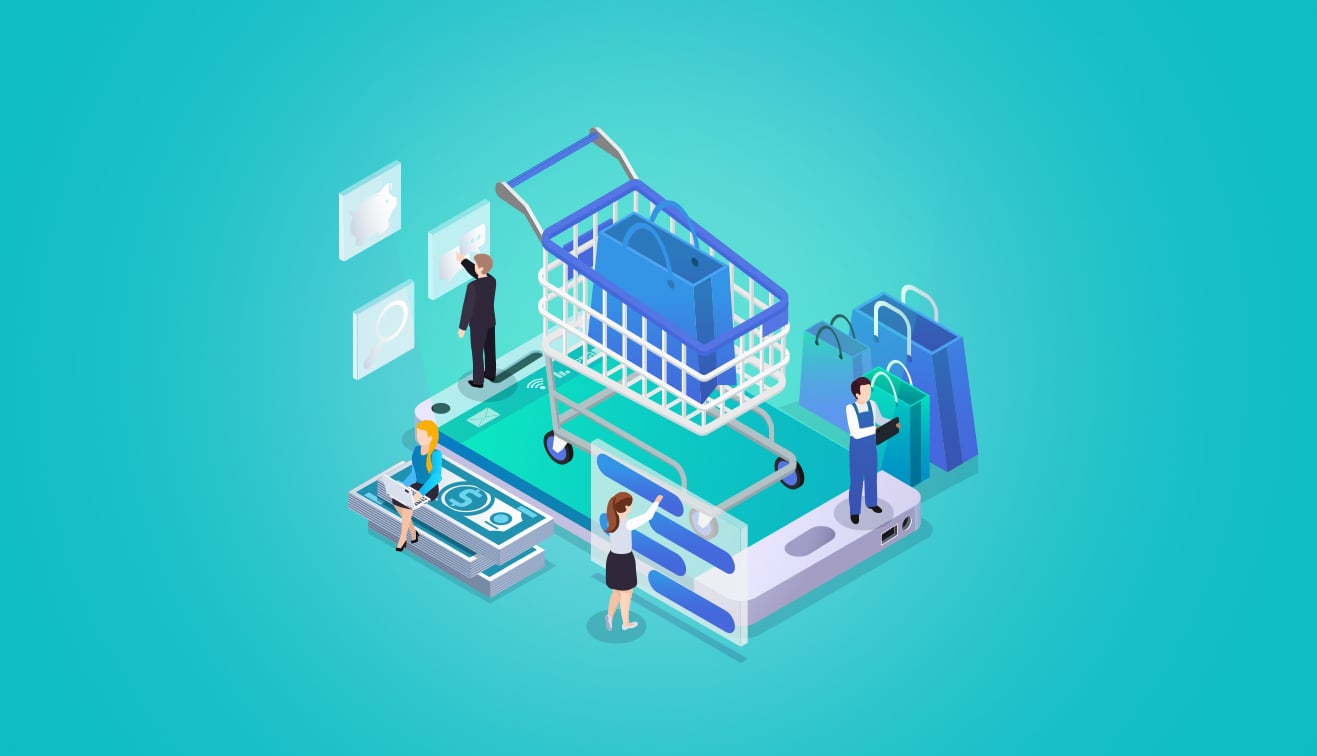

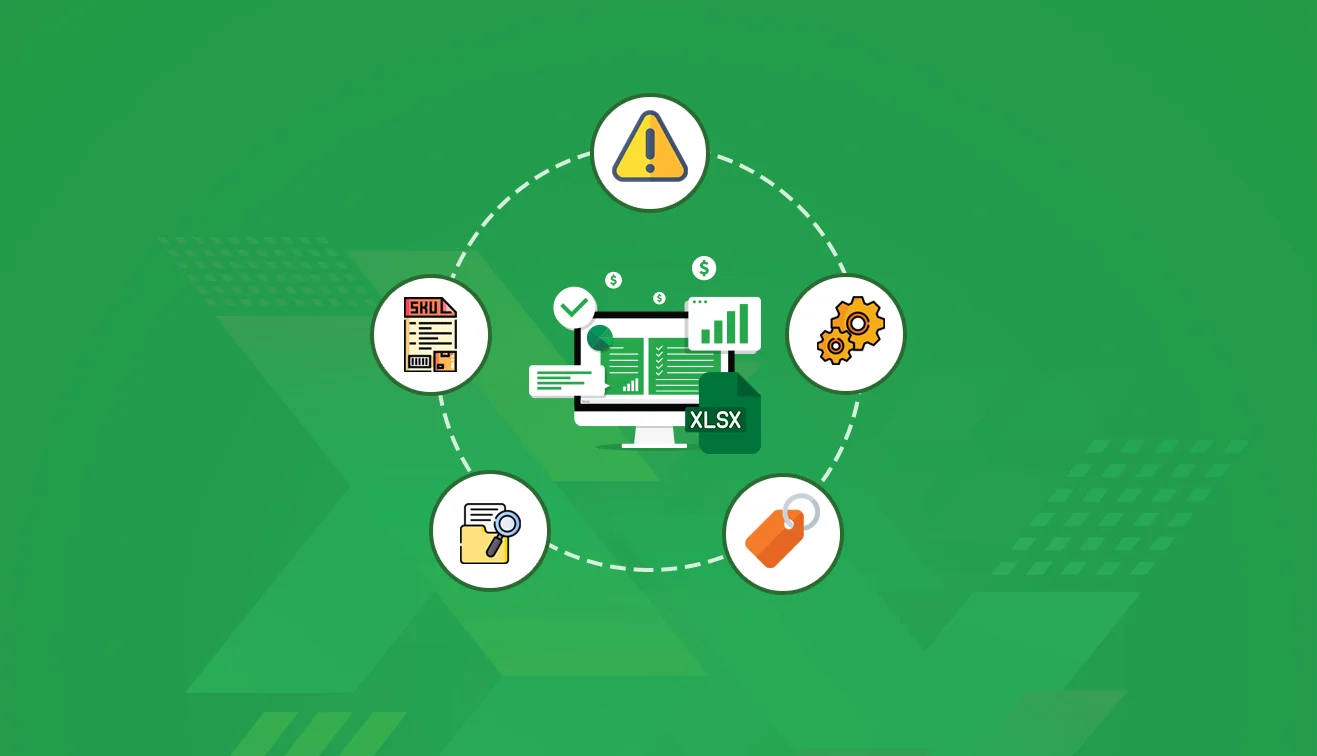

.jpg?w=3840&q=75)
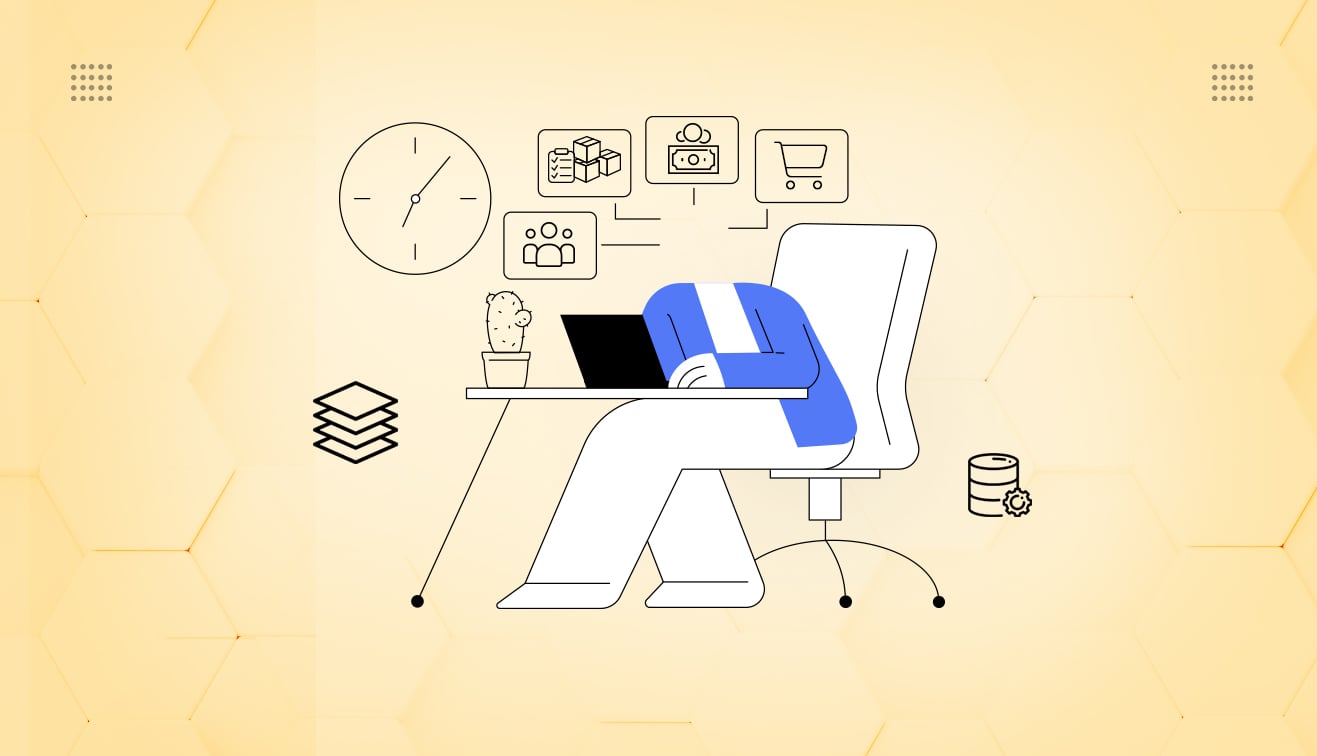

.png?w=3840&q=75)
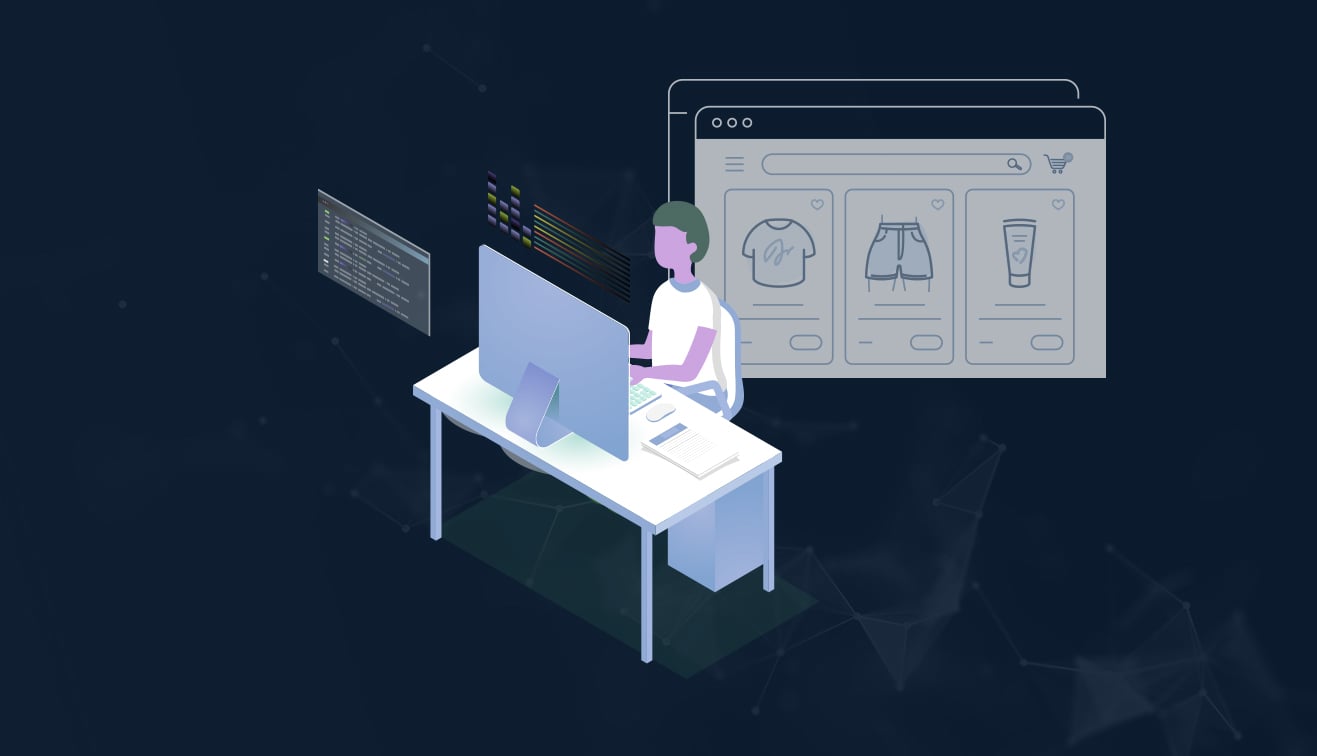
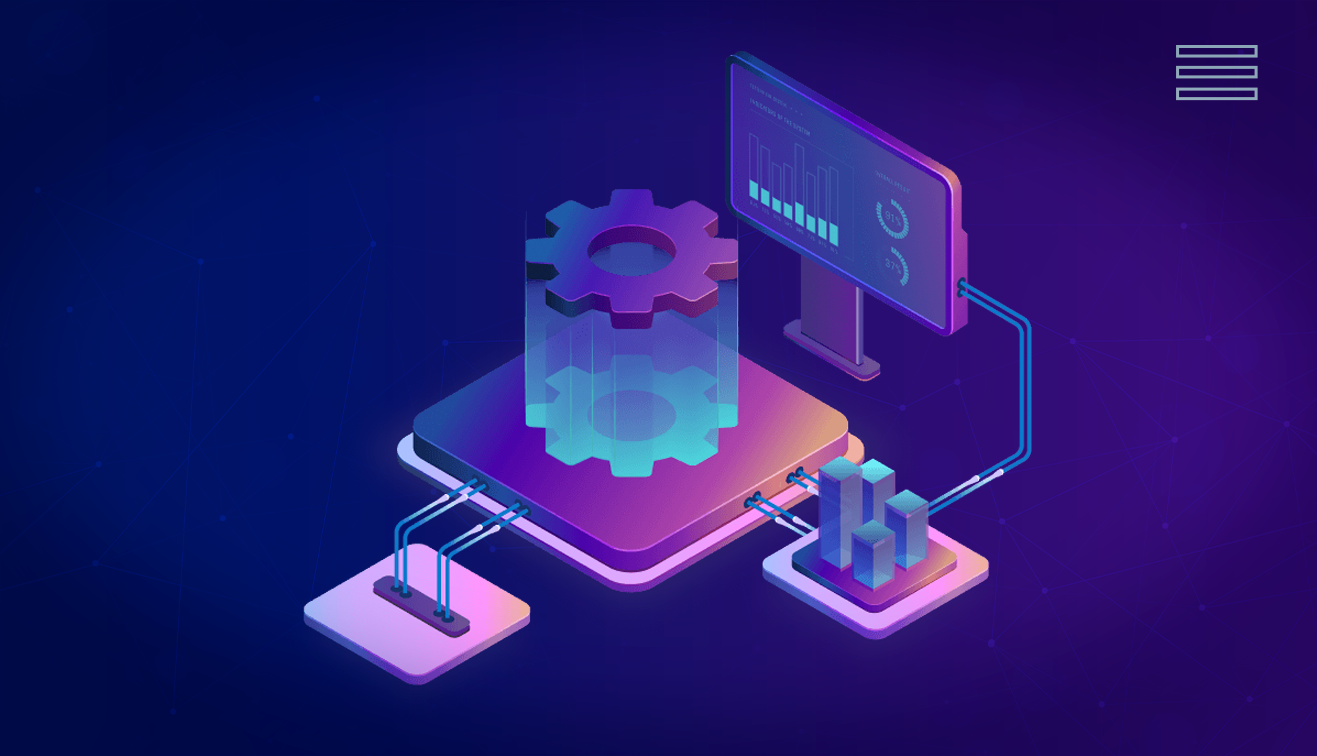
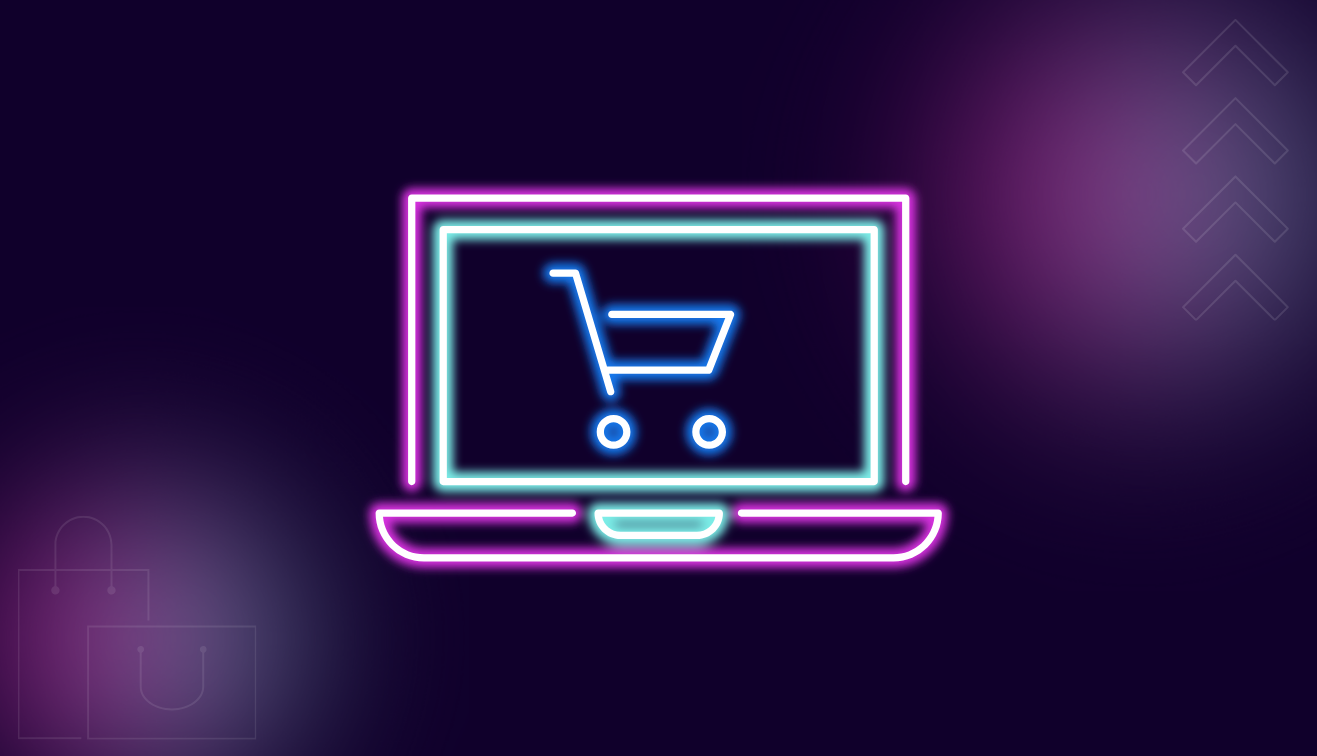
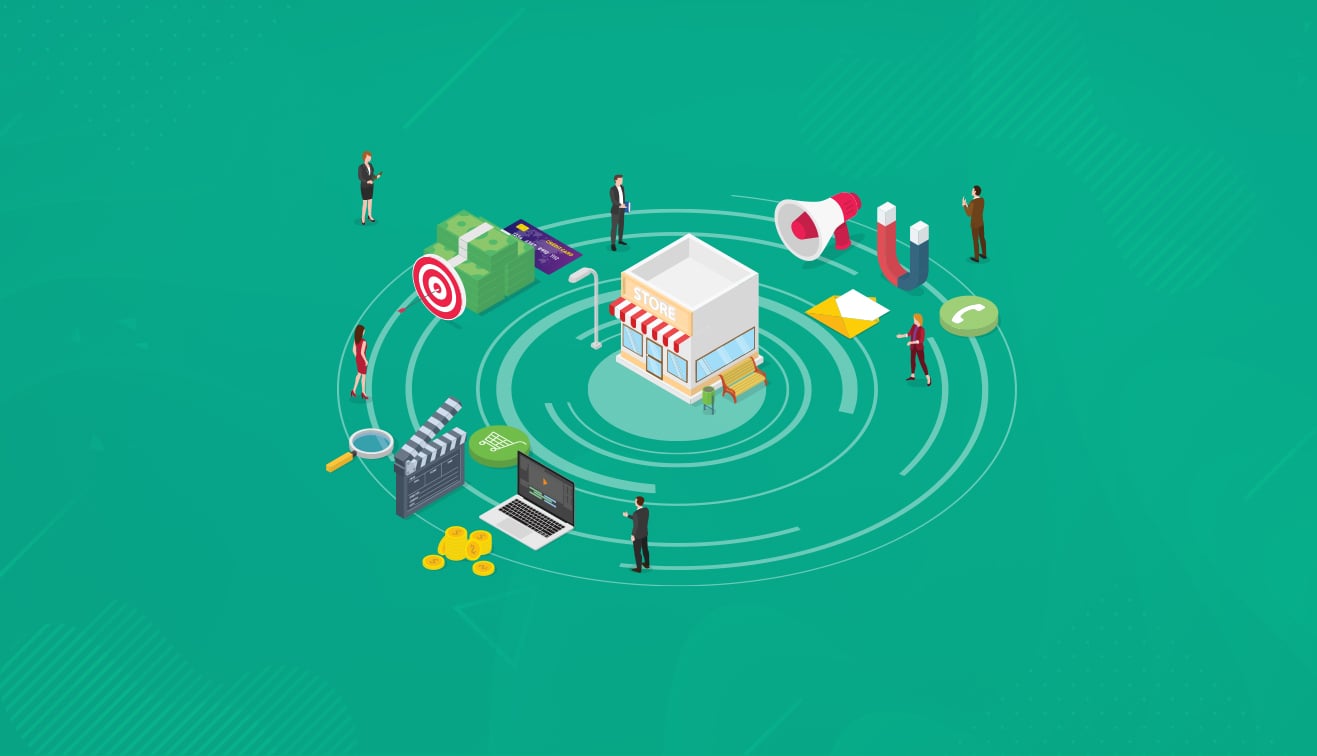
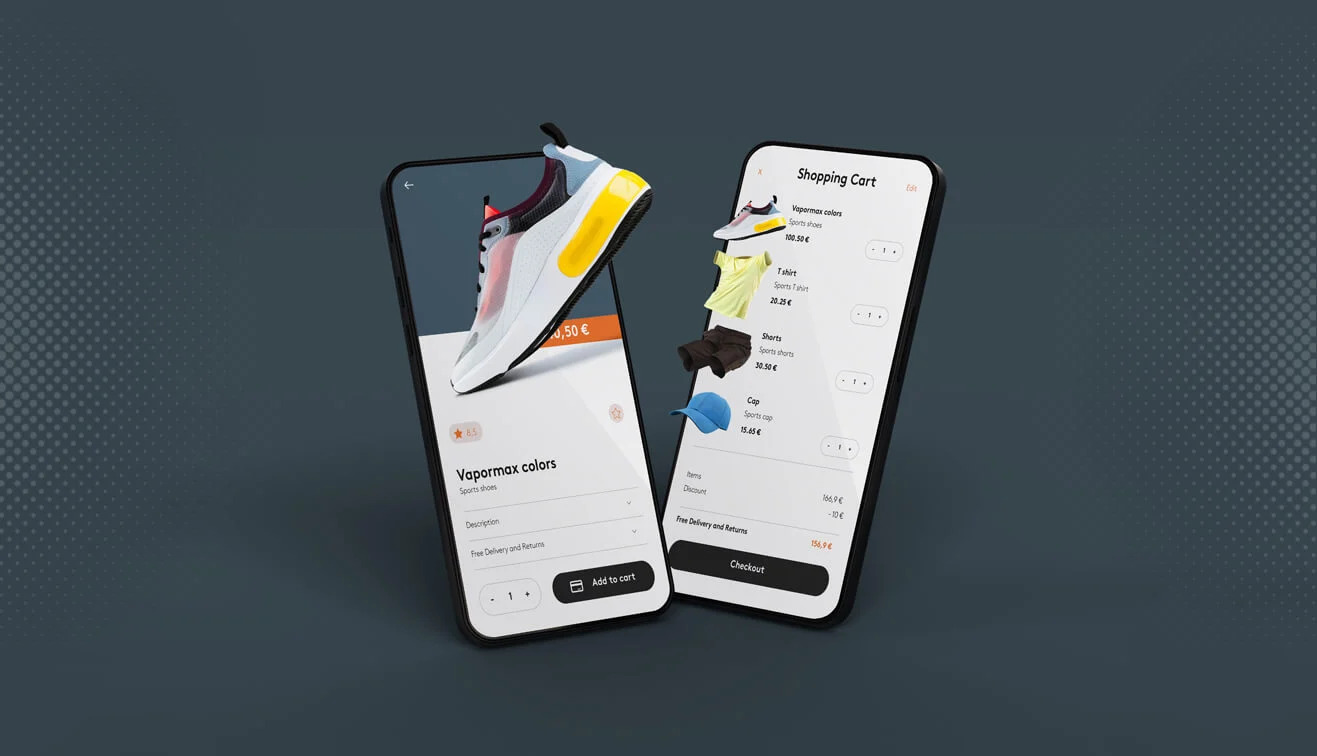
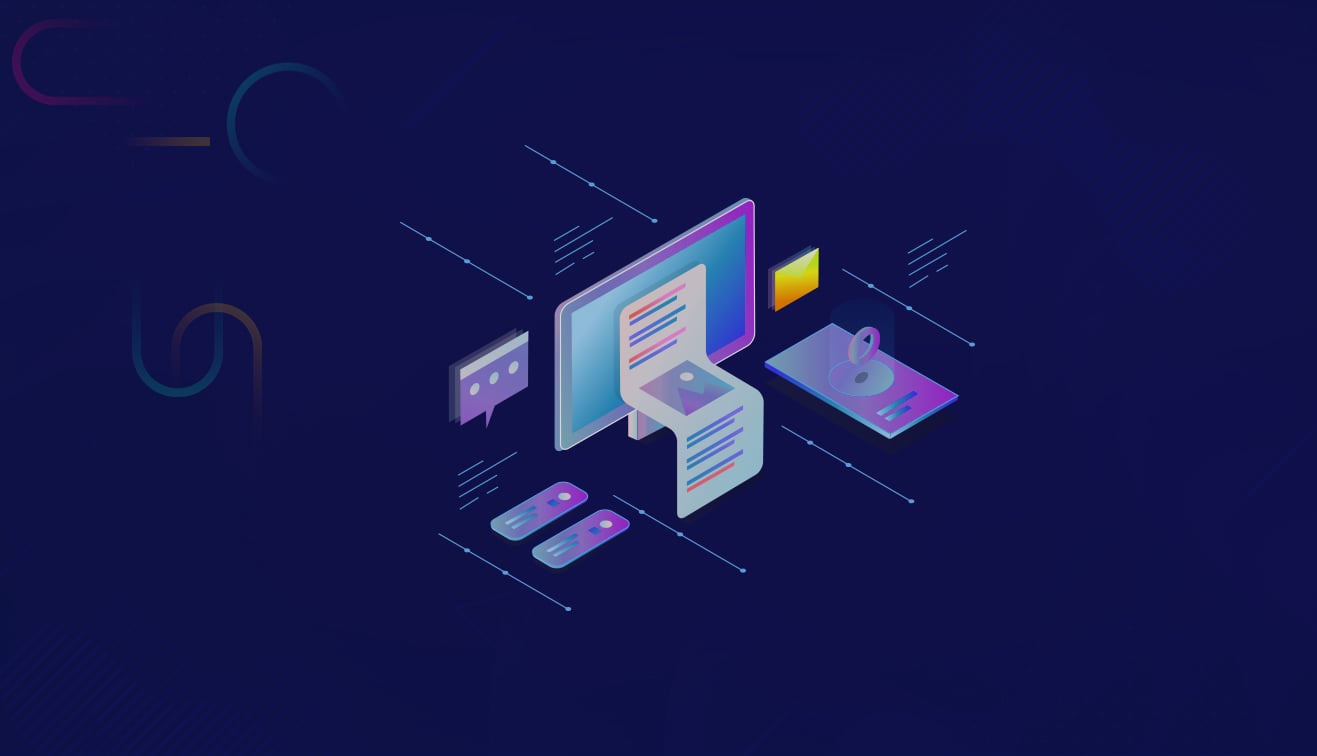
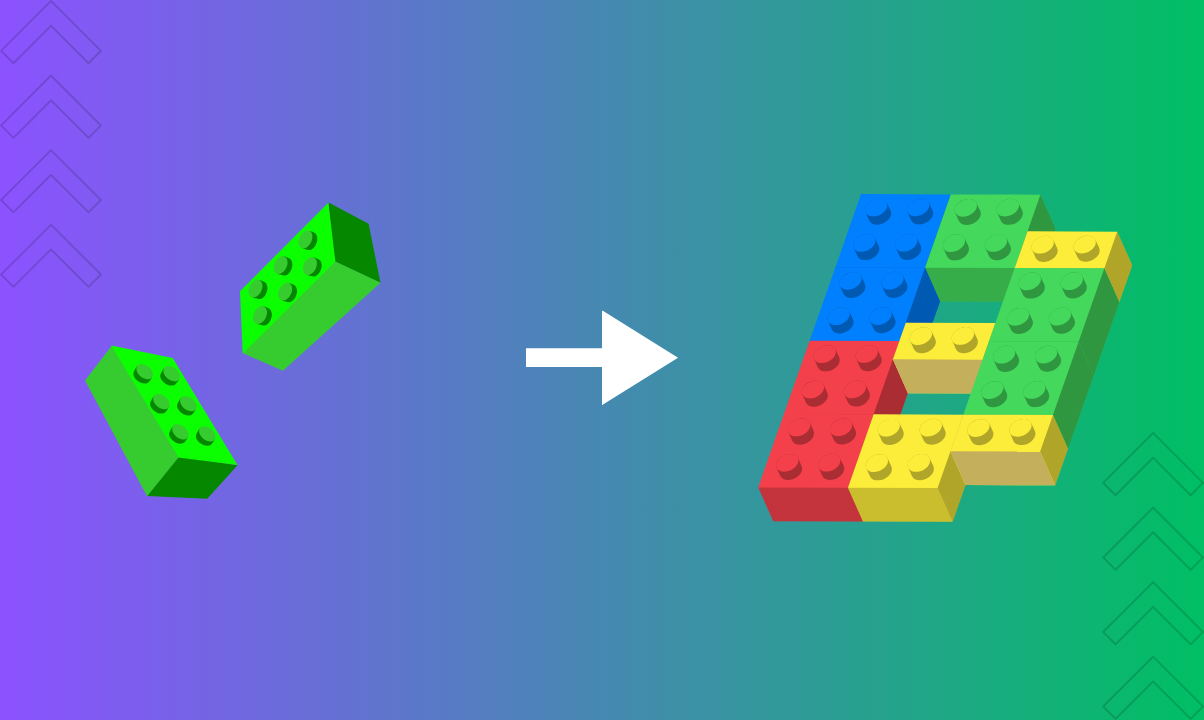

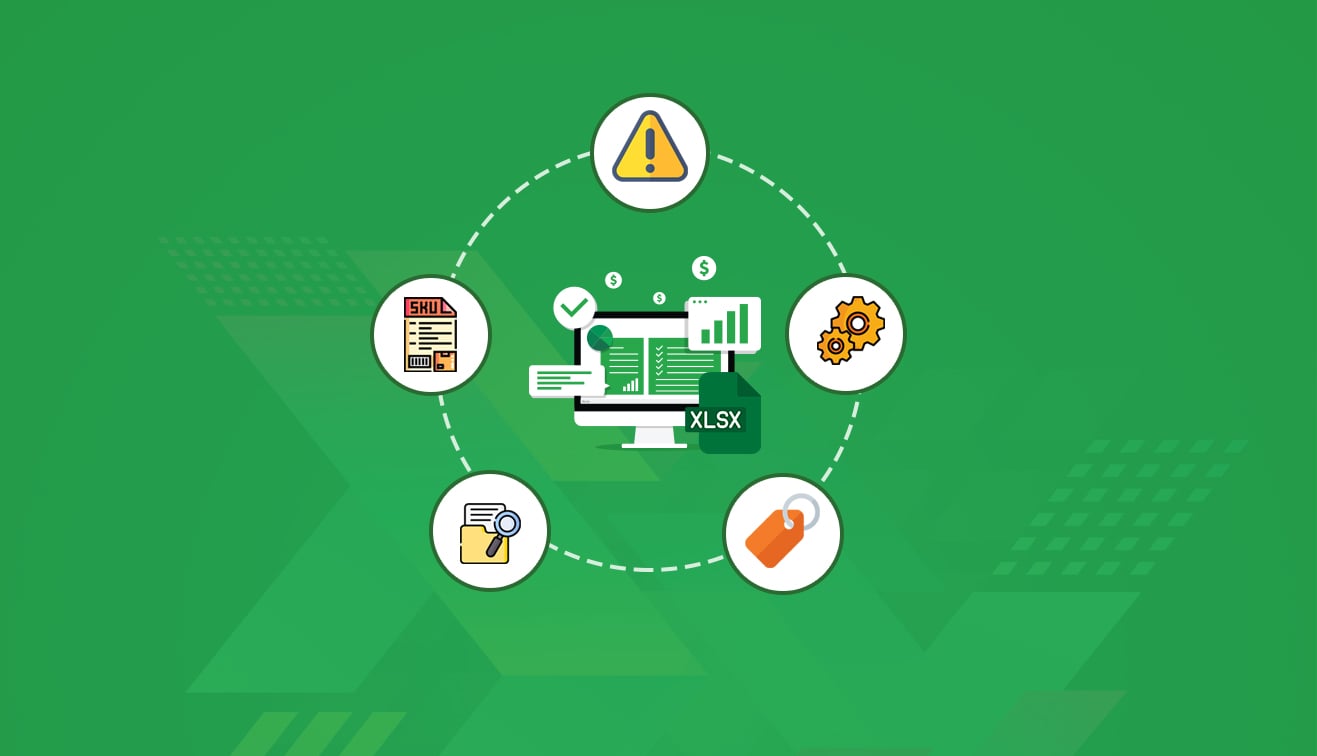
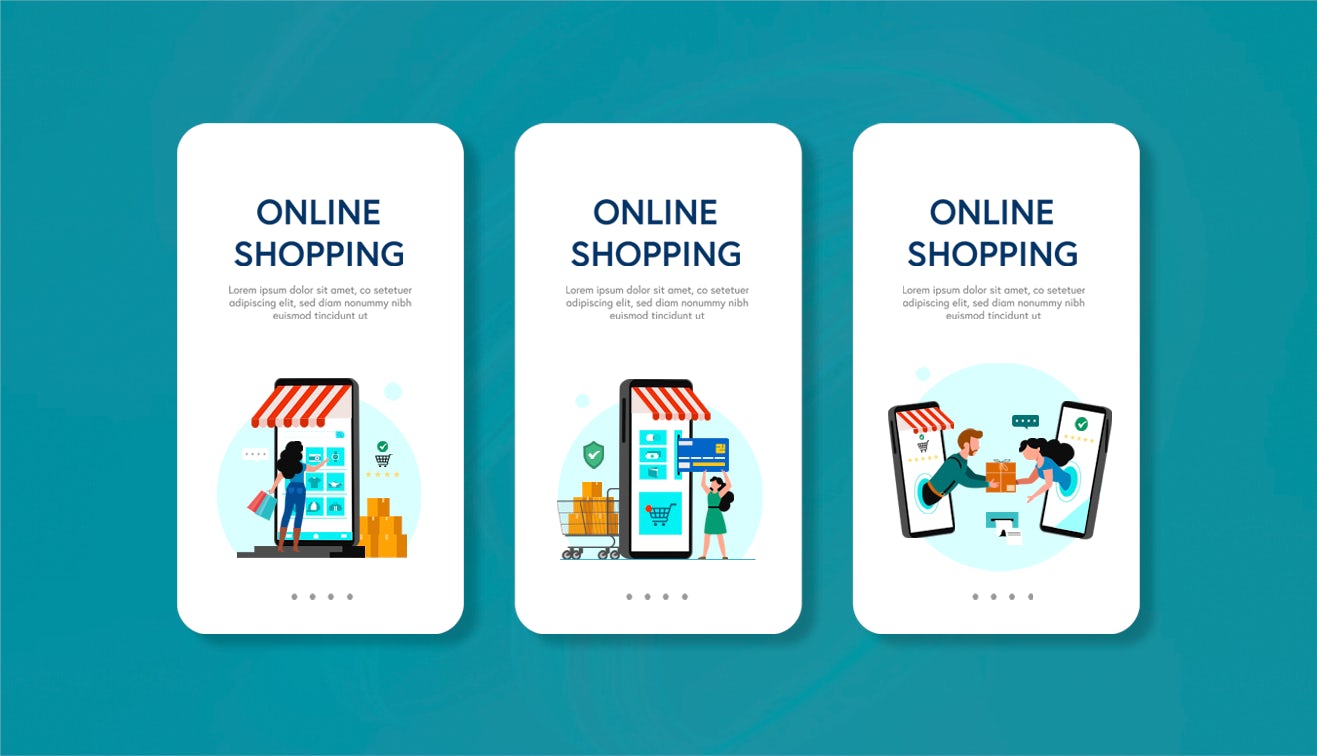

.jpg?w=3840&q=75)
